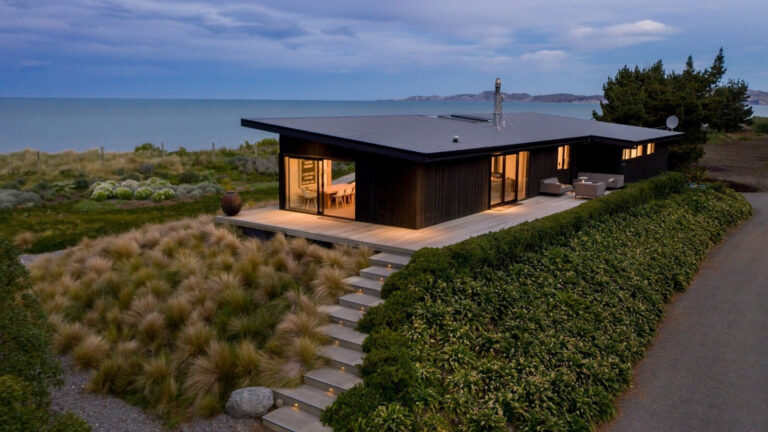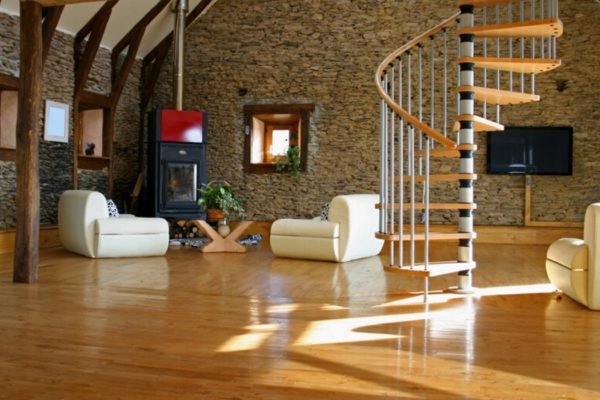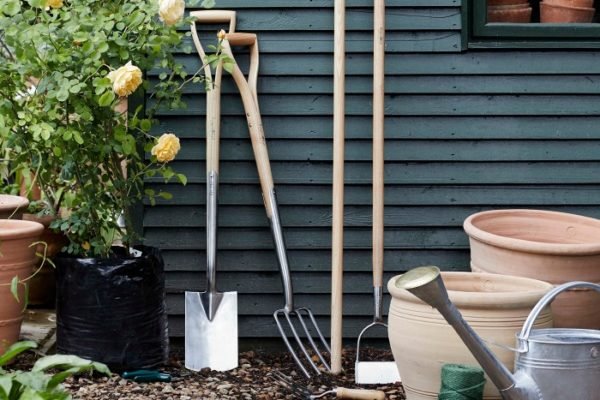In an era where sustainability and efficiency are paramount, prefab homes have emerged as a popular housing solution in New Zealand. Prefabricated or “prefab” homes are built off-site and then transported to the desired location, offering a faster and more streamlined construction process. With their innovative designs, eco-friendly features, and customizable options, prefab homes are revolutionizing the way people approach homeownership in NZ. In this article, we will explore the world of prefab homes NZ, discussing their benefits, design possibilities, and the growing trend of sustainable living.
The Benefits of Prefab Homes:
Efficiency in Construction:
Prefab homes are known for their efficient construction process. By being built in a controlled environment off-site, construction time is significantly reduced. This allows homeowners to move into their new homes much faster compared to traditional construction methods. The efficiency also translates into cost savings, as labor and material costs are often optimized.
Sustainability and Eco-Friendliness:
Prefab homes in NZ are designed with sustainability in mind. Many manufacturers prioritize eco-friendly materials, energy-efficient systems, and sustainable building practices. These homes often incorporate features such as solar panels, rainwater harvesting systems, and efficient insulation, reducing their environmental impact and promoting sustainable living.
Design Flexibility and Customization:
Prefab homes offer a wide range of design options and customization opportunities. From contemporary and modern styles to more traditional aesthetics, there is a prefab home design to suit every taste. Homeowners can choose from various floor plans, layouts, finishes, and fixtures, allowing them to create a home that reflects their unique lifestyle and preferences.

Design Possibilities
Modular Homes:
Modular prefab homes consist of multiple modules or sections that are built off-site and then assembled on-site. This design allows for flexibility in terms of size and layout. Homeowners can add or remove modules to accommodate their specific needs, making modular homes an ideal solution for growing families or those seeking additional living space.
Tiny Homes:
Tiny homes have gained popularity in recent years as a minimalist and cost-effective housing option. These compact prefab homes are designed to maximize space utilization while maintaining comfort and functionality. They are an excellent choice for those seeking a smaller footprint, financial freedom, and a more simplified lifestyle.
Architecturally Designed Homes:
Prefab homes are not limited to standard designs. Many manufacturers offer architecturally designed homes that showcase unique and creative concepts. These homes combine the benefits of off-site construction with innovative architectural features, creating stunning and distinctive living spaces.
The Growing Trend of Sustainable Living:
Prefab homes align with the growing trend of sustainable living in NZ. With a focus on energy efficiency, renewable resources, and reduced carbon footprint, these homes offer an alternative to traditional housing that prioritizes environmental responsibility. The integration of sustainable features and materials allows homeowners to reduce their energy consumption and live more sustainably.
Conclusion
Prefab homes in NZ are redefining the concept of modern living. With their efficient construction process, sustainable features, and design flexibility, they offer a practical and stylish housing solution for individuals and families alike. Whether it’s a modular home, tiny home, or architecturally designed masterpiece, prefab homes provide a customizable and environmentally conscious approach to homeownership. As the demand for efficient and sustainable housing grows, prefab homes are poised to shape the future of residential construction in New Zealand.








